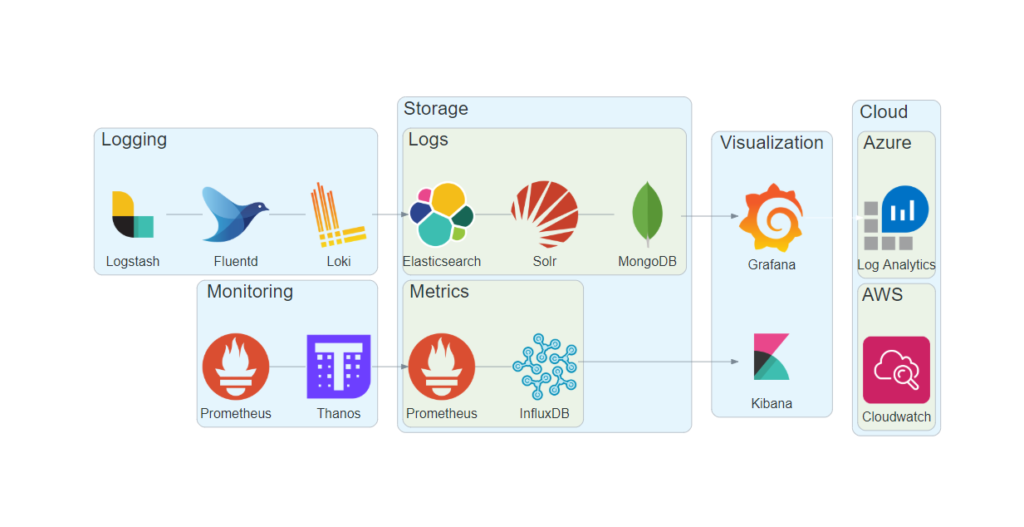Harini Guptha walks us through some of what’s upcoming in Python 3.9:
The latest beta preview python 3.9.0b5 is released on July 20th, 2020. Yes, you heard it right. This is the last of the five planned beta release previews. This beta release gives an opportunity to the community to test the new features.
If you are planning to go for a python certification, make sure that you check out what functionalities are deprecated and what features are newly added in this release. Its always good to get yourself updated with the latest information. Without further ado, let’s go through the new features of Python 3.9.0b5.
Click through for the list.
Comments closed